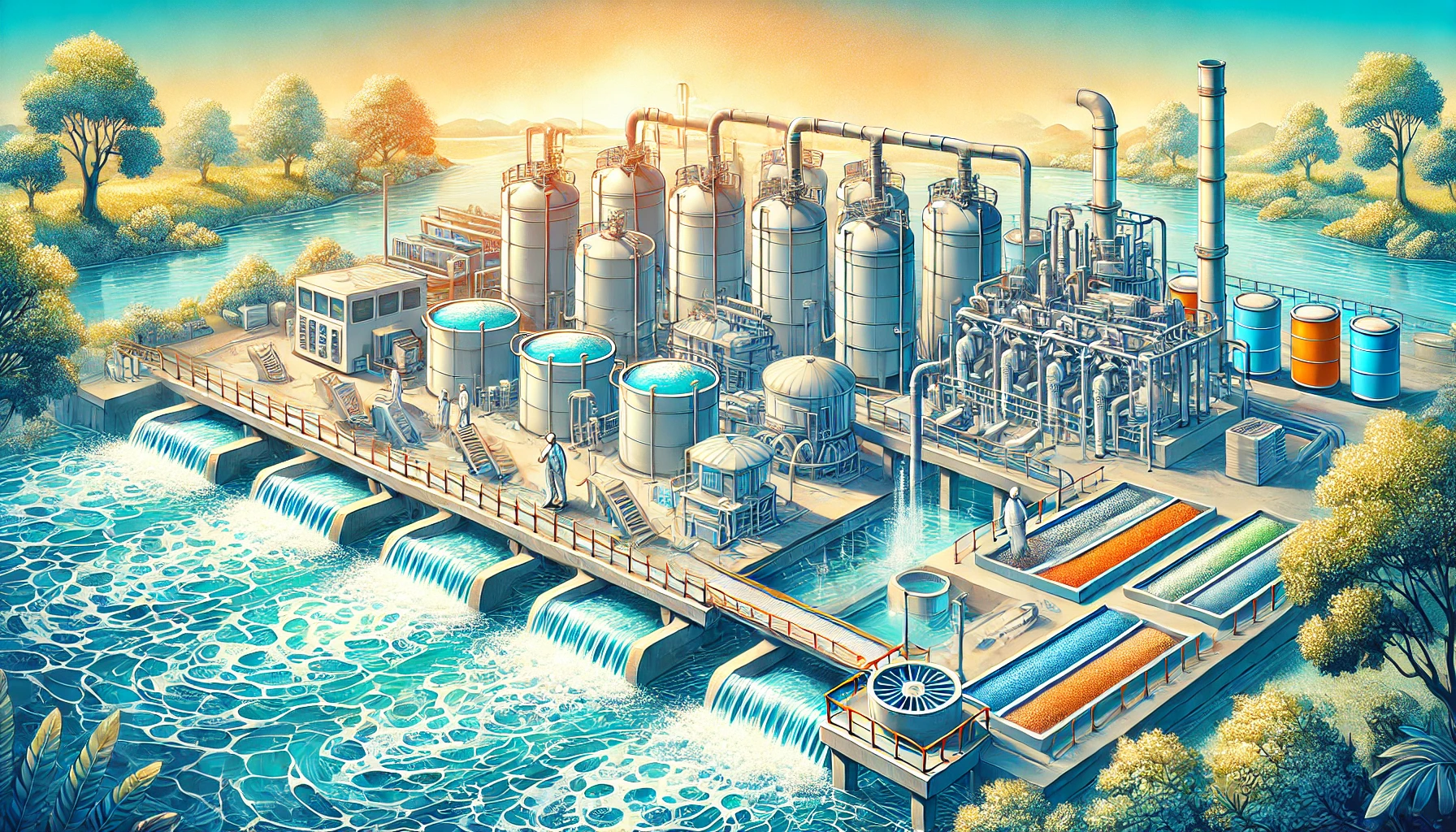How to Disinfect Polluted Water?
Article Source: Techniques for Disinfecting Polluted Water

Why you should care
Access to clean water is a global challenge, with over 2 billion people relying on contaminated water sources. Polluted water is a major carrier of diseases like cholera and dysentery. Effective disinfection methods can save millions of lives, reduce healthcare costs, and improve overall quality of life.
Answering the question… How to disinfect polluted water?
Polluted water can be disinfected using methods like chlorination, UV treatment, and ozonation. For example, chlorination is widely used to kill bacteria and viruses, requiring as little as 2 mg/L of chlorine to disinfect 1 liter of water. UV disinfection, meanwhile, can deactivate up to 99.9% of pathogens in seconds, making it ideal for large-scale applications.
How was the study done?
The study evaluated common disinfection methods in both lab and field settings. Water samples contaminated with bacteria, viruses, and protozoa were treated using various technologies. Key parameters like pathogen reduction efficiency, energy consumption, and by-product formation were assessed over different timeframes.
What was discovered?
- Chlorination reduces bacterial loads by 99.99% and is effective against most viruses, but it produces harmful by-products like trihalomethanes.
- UV Treatment eliminates up to 99.9% of pathogens without leaving residual chemicals, though effectiveness decreases with high turbidity.
- Ozonation destroys over 99% of bacteria, viruses, and some chemical contaminants, but it requires complex equipment and higher operational costs.
- Boiling remains the most accessible method, killing 99.9% of microorganisms after 3–5 minutes, but it's resource-intensive.
- Filtration with activated carbon removes up to 90% of chemical pollutants but requires regular maintenance to avoid clogging.
- Combination methods like UV + filtration improve results, achieving near-complete disinfection with minimal downsides.
Why does it matter?
Adopting effective water disinfection methods can prevent waterborne diseases, especially in low-income areas. Techniques like UV treatment and chlorination are scalable for urban use, while filtration systems can serve households. Research-backed strategies provide practical solutions to ensure safe drinking water for all.
